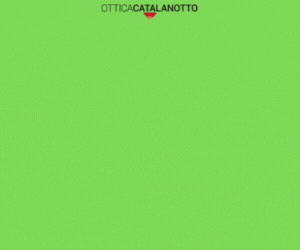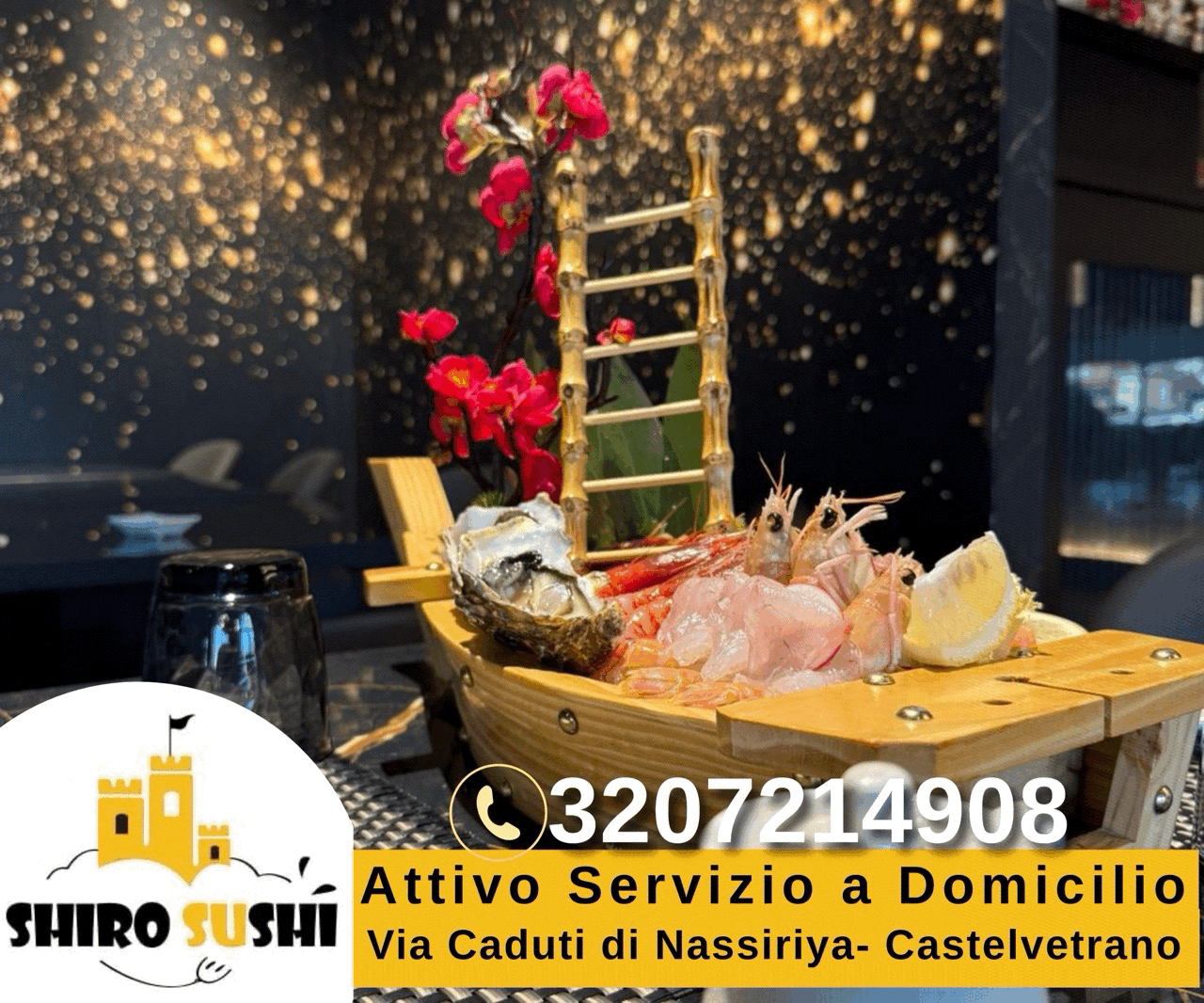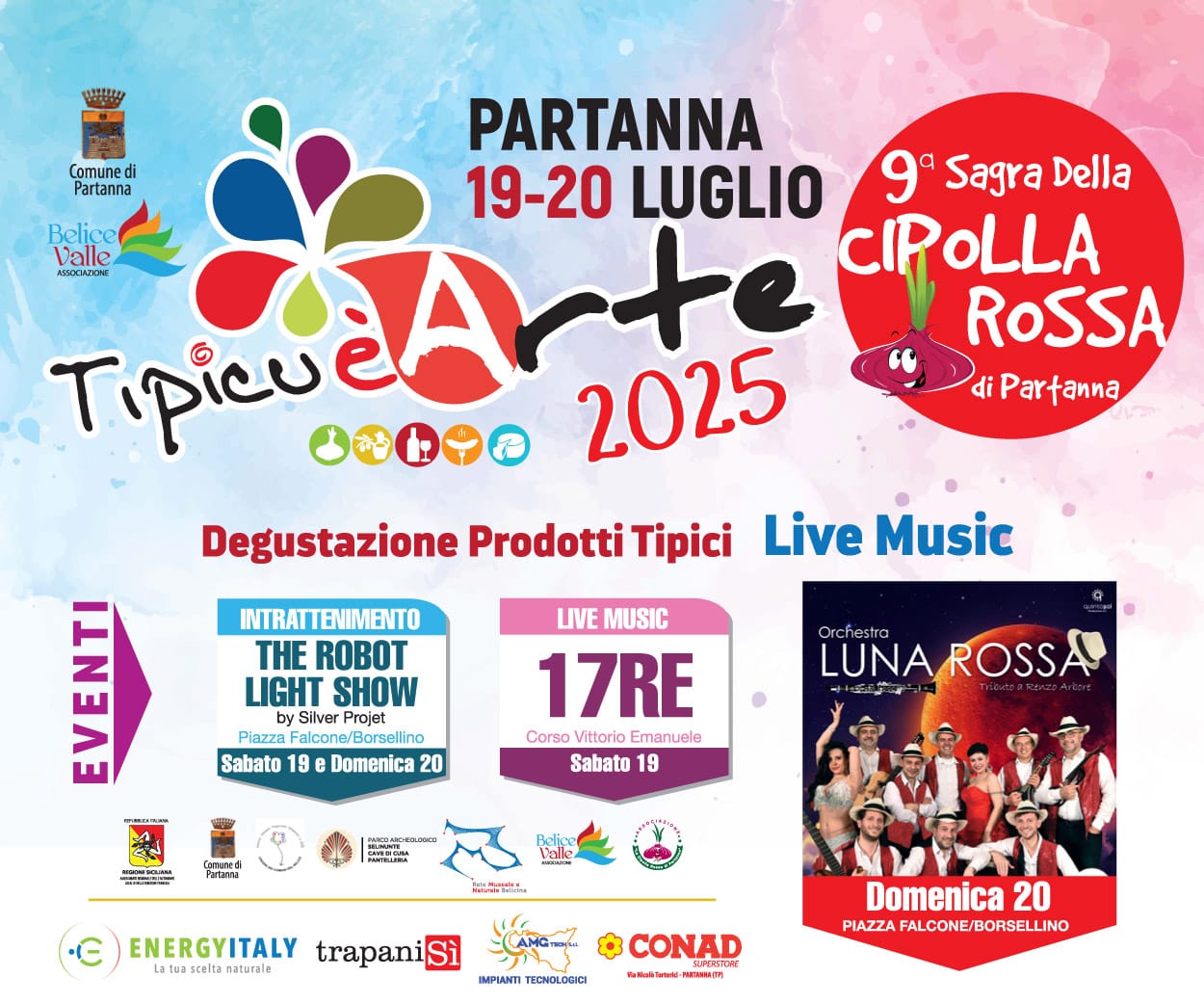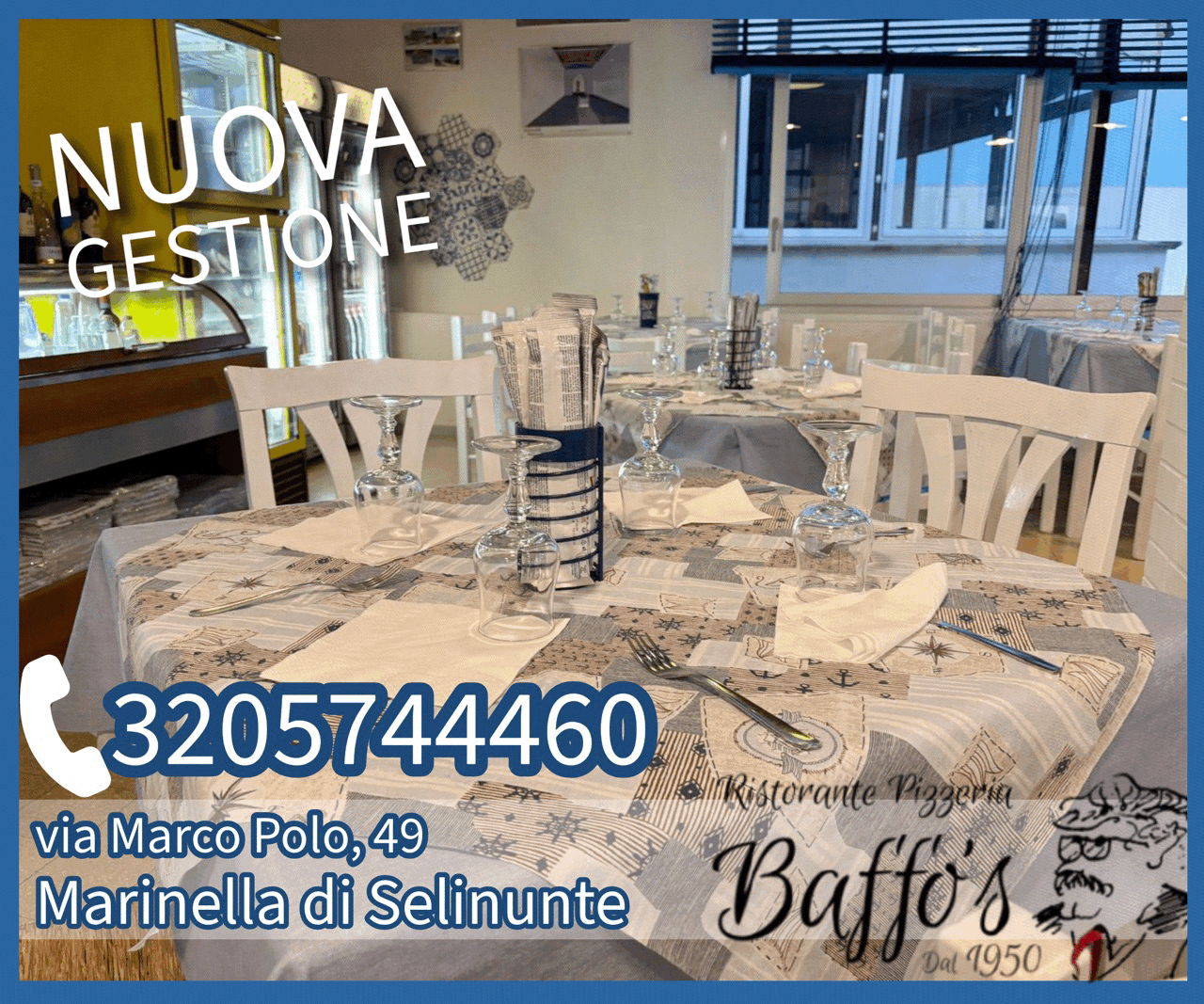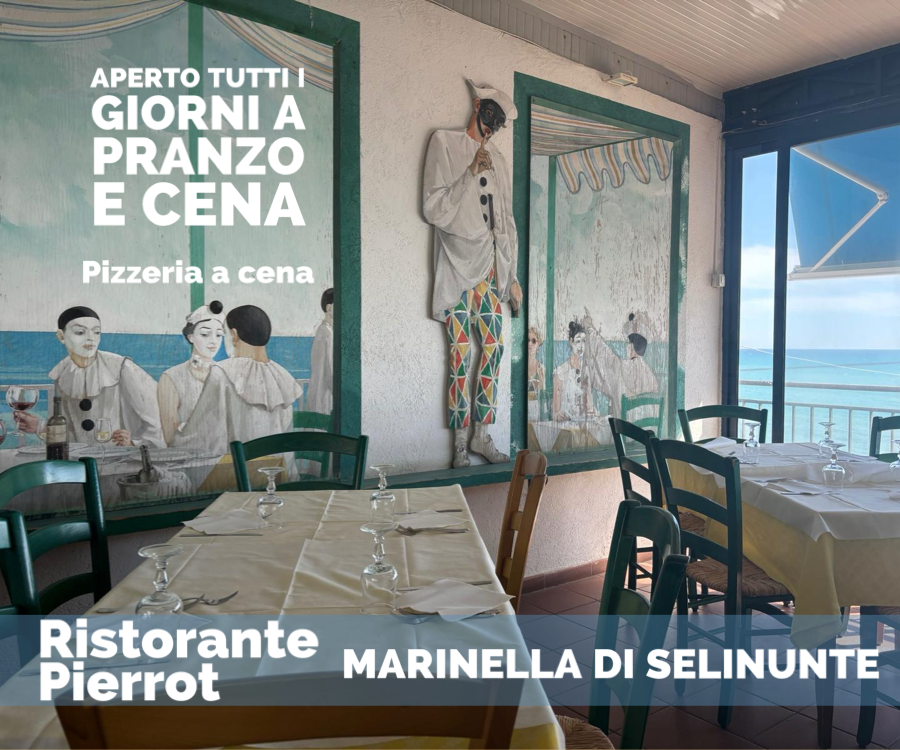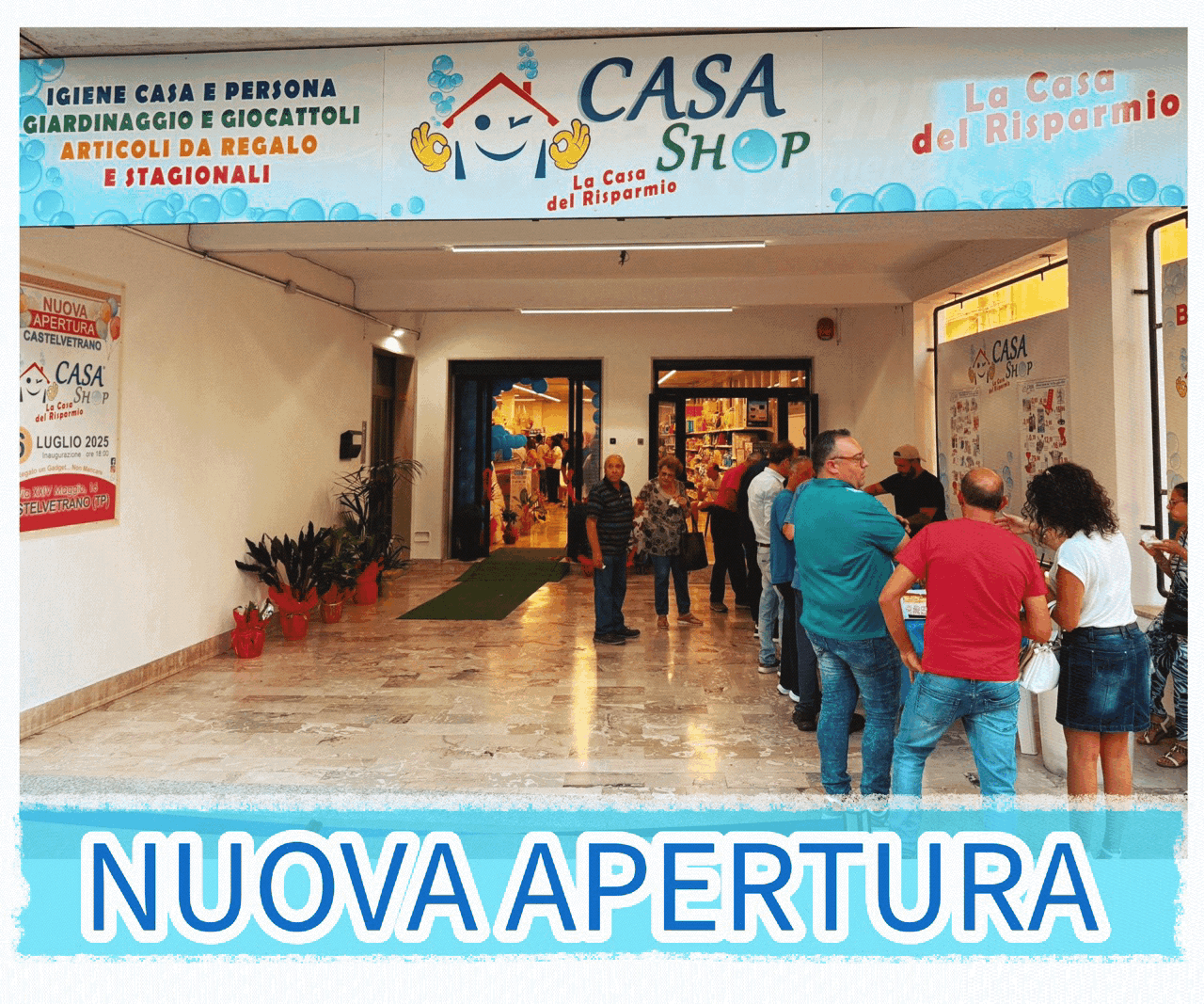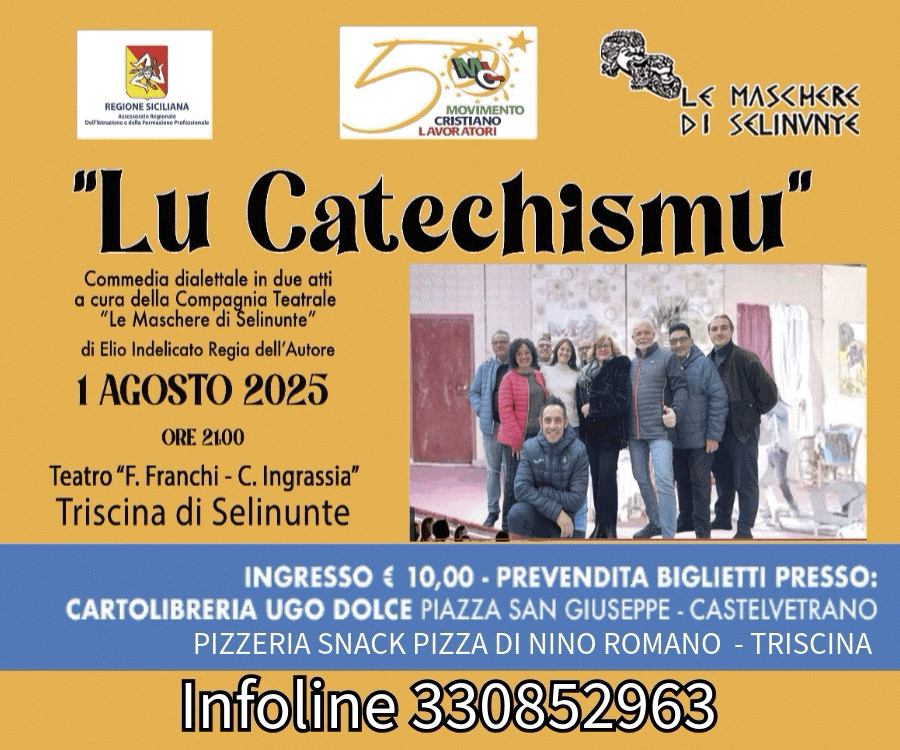Dalla "maidda" a "li maccaruna". Quando la sicilianità trova la sua origine nell'arabo
di:  Carolina Ragusa - del 2020-03-19
Carolina Ragusa - del 2020-03-19
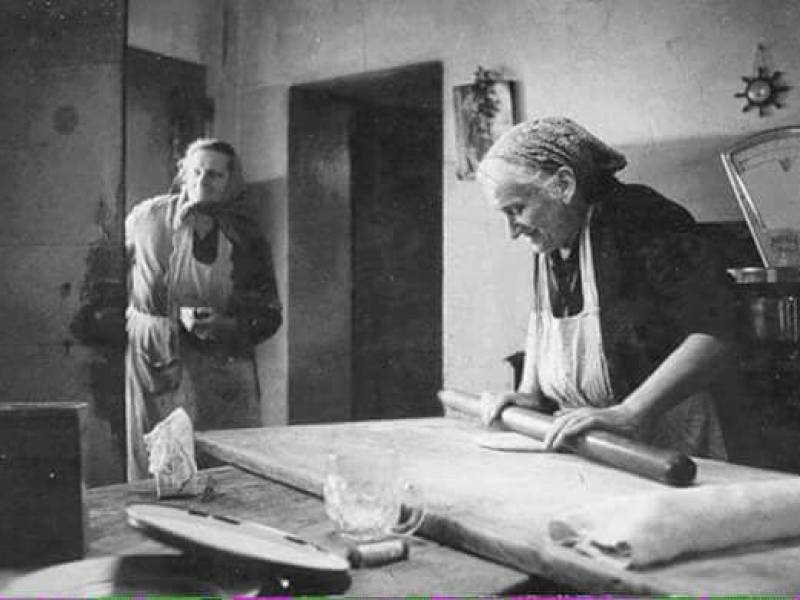
Cari amici di Castelvetranonews.it, rieccoci nuovamente insieme per il nostro consueto appuntamento dedicato alle curiosità sul dialetto siciliano. Oggi vi parlerò delle origini di alcuni vocaboli legati all’ambiente della cucina e al buon cibo ed in particolare mi soffermerò su una parola che indica un piatto nazionale fortemente conosciuto e famoso in tutto il mondo al punto tale da diventare sinonimo di Italia all’estero.
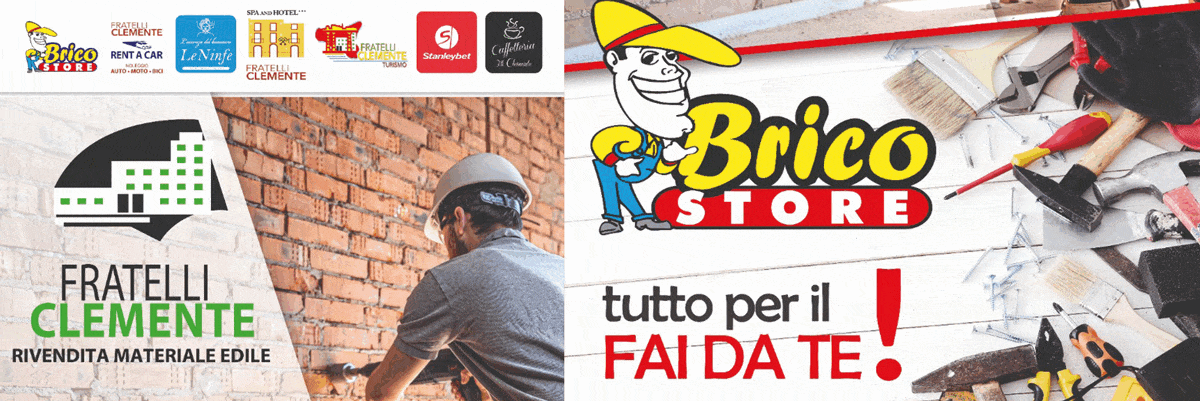
Non si tratta della pizza, bensì della pasta. Quanti tipi di pasta esistono oggi sul mercato? Beh, tantissimi! C’è chi predilige le penne, chi i fusilli, chi gli spaghetti, chi i bucatini. E qui mi fermo perché potrei continuare all’infinito. C’è però anche chi, come noi in Sicilia, in occasione del Carnevale, adora portare in tavola un bel piatto di “maccarruna co sucu ri maiali”, ovvero “i maccheroni con il sugo di maiale!” L’introduzione di questo termine nella nostra bella isola lo dobbiamo agli Arabi.
Per cui, cari ristoratori, se un tunisino, un marocchino, un egiziano o una persona proveniente da qualsiasi Paese arabofono dovesse entrare nel vostro locale, accomodarsi al tavolo e ordinare al cameriere un piatto di “al-makarūna”, sappiate che non vedrà l’ora di degustare un vostro buonissimo piatto di “pasta”! Sta poi a voi consigliarne il condimento!

Tuttavia, se oggi è normalissimo e scontato andare al supermercato e sbizzarrirsi tra gli scaffali per scegliere tra i vari tipi di pasta che ci sono in commercio, un tempo non lo era altrettanto. Mia nonna mi raccontava sempre che la pasta non si comprava ma che al contrario veniva fatta in casa, a mano, e che solo in occasione di un banchetto o di una festività ci si poteva permettere il lusso di acquistarla nelle botteghe. Oggi le circostanze si sono del tutto invertite e infatti, nelle nostre case, la sfoglia di pasta fresca si prepara sempre più raramente.
Vi chiederete voi… dove avveniva l’impasto di farina, acqua, sale e uova per realizzare quello che in passato era considerato il piatto della quotidianità e che oggi è invece diventato il piatto delle occasioni speciali? La risposta? Nella “maidda”, termine che affonda le sue radici nella parola araba “mā’ida” e che ha come significato quello di “tavola apparecchiata”.
E, se da un lato la “maidda” era il recipiente di legno dove le anziane signore di oggi, nonché giovani donne di ieri, miscelavano semplici ingredienti per la preparazione di pasta e pane, dall’altro la “buffetta”, dal francese “buffet”, era il “tavolo da cucina” attorno al quale la famiglia sedeva per consumare il frugale pasto della giornata. Per cui… con l’immagine di un bel piatto di “maccarruna” impastati rigorosamente a mano all’interno di un’antica “maidda” in legno e serviti su una bella “buffetta” imbandita a festa, vi do l’appuntamento alla prossima settimana sempre qui su Siculamente.
Dear friends of CastelvetranoNews, here we are again together for our usual appointment to talk about some curiosities about the Sicilian dialect! Today I will tell you about the origins of some words concerned the kitchen environment and the good food and in particular I will focus on a word that points out a national dish strongly known and famous all over the world to the point of becoming synonymous with Italy abroad . I am not talking about pizza, but about pasta.
How many types of pasta are there on the market today? Well, many! Somebody prefers “penne”, somebody “fusilli”, somebody “spaghetti”, somebody “bucatini”. And here I stop because I could go on forever. However, there are also those who, like us in Sicily, on the occasion of the Carnival, love to eat a nice dish of “maccarruna co sucu ri maiali”, that is “macaroni pasta with pork sauce!” The introduction of this term in our beautiful island is due to the Arab.
Therefore, dear restaurants owners, if a Tunisian, a Moroccan, an Egyptian or a person from any Arabic-speaking country should come into your restaurant, sit at the table and order the waiter a plate of “al-makarūna”, you should have to know that he will look forward to taste your delicious “pasta” dish! It is then up to you to recommend the sauce! However, if today it is normal and obvious to go to the supermarket and indulge in the shelves to choose between the various types of pasta that are on the market, it was once not the same.
My grandmother always told me that pasta was not bought but that on the contrary it was handmade at home and that only on the occasion of a banquet, you could afford the luxury of buying it in the shops. Today the circumstances have completely reversed and in fact, fresh pasta is increasingly rarely prepared at home. You will ask yourselves ... where did the dough of flour, water, salt and eggs take place to make what in the past was considered the dish of everyday life and which today has instead become the dish for special occasions? The answer? In the “maidda”, a term that has its roots in the Arabic word “mā'ida” and which has the meaning of “laid table”.
And, if on the one hand the “maidda” was the wooden container where the elderly ladies of today, that is to say the young women of yesterday, mixed simple ingredients for the preparation of pasta and bread, on the other the “buffetta”, from the French “buffet”, was the “kitchen table” around which the family sat to have the frugal meal of the day. So ... with the image of a nice plate of “maccarruna” rigorously kneaded by hand inside an ancient wooden “maidda” and served on a nice “buffetta” festively laden, I give you the appointment to the next week always here on Siculamente.





